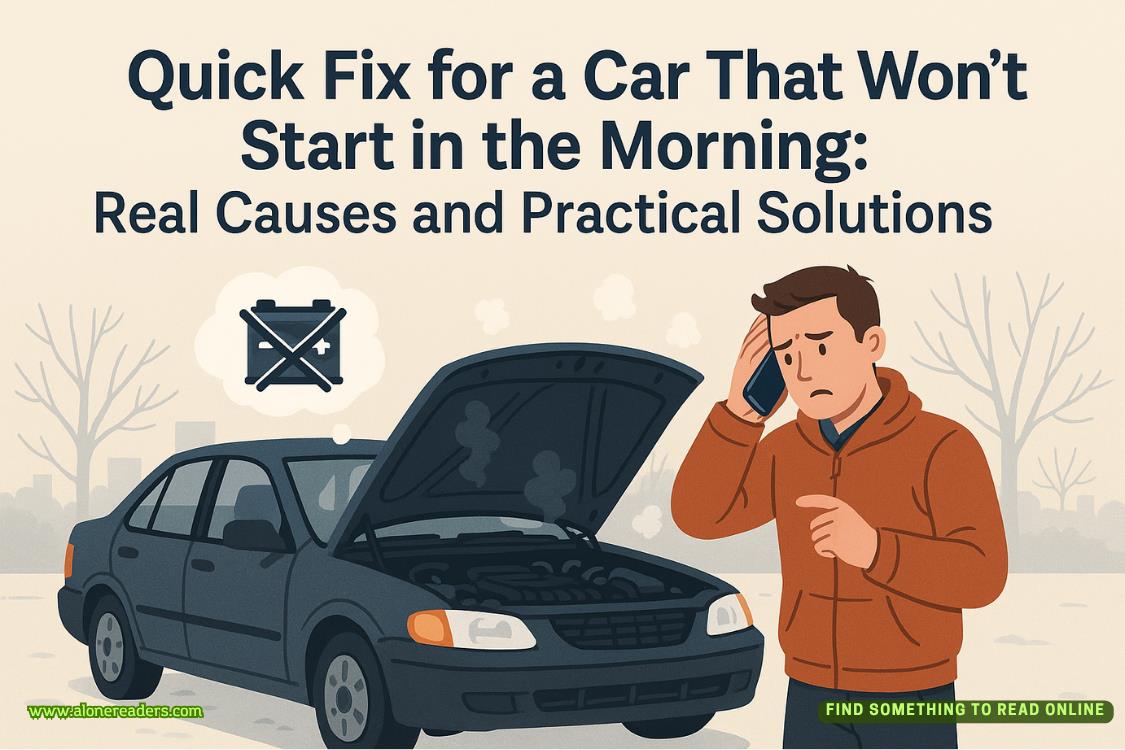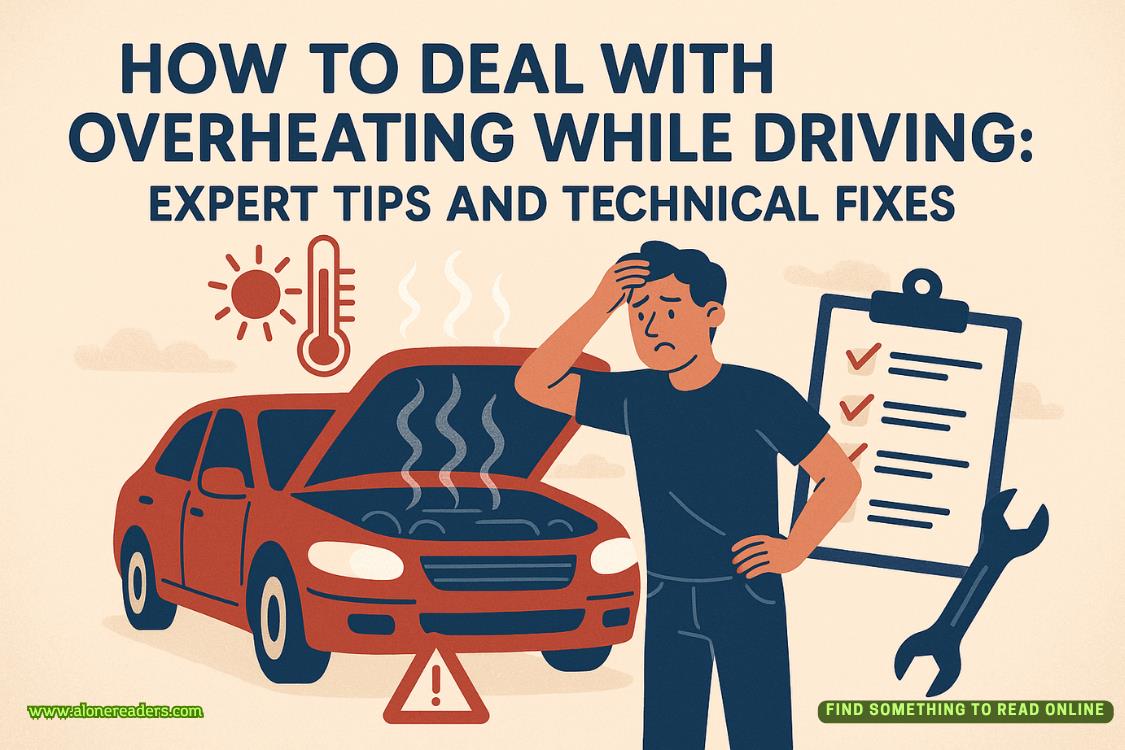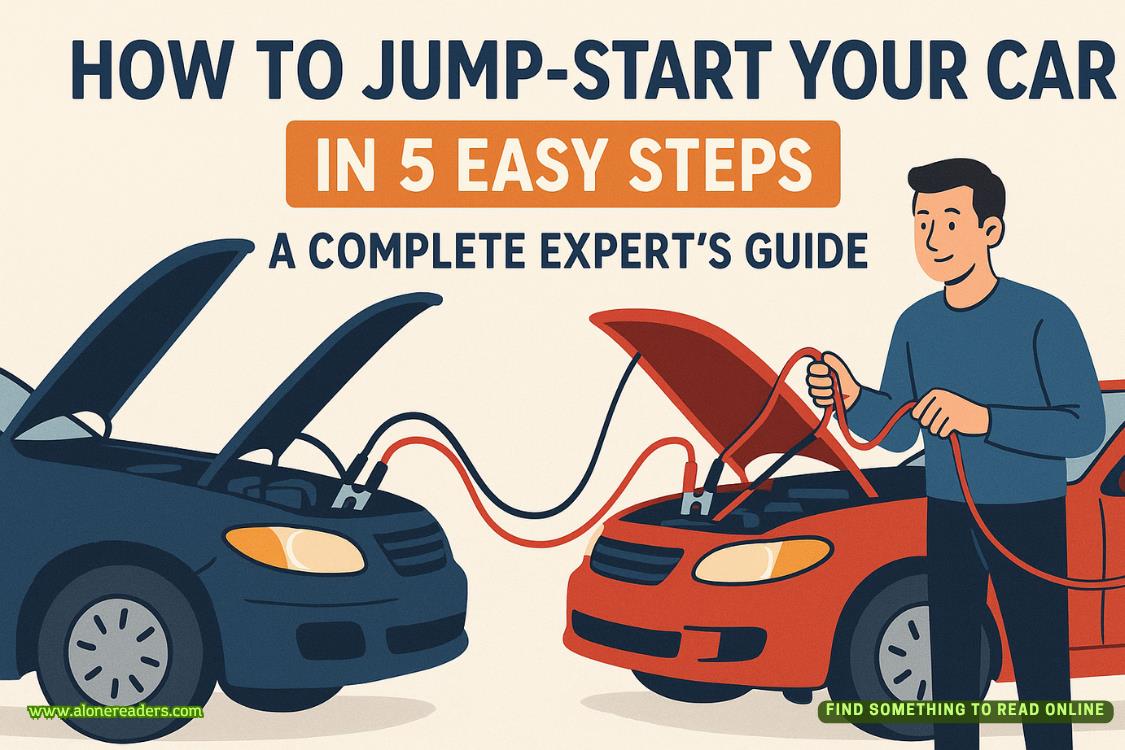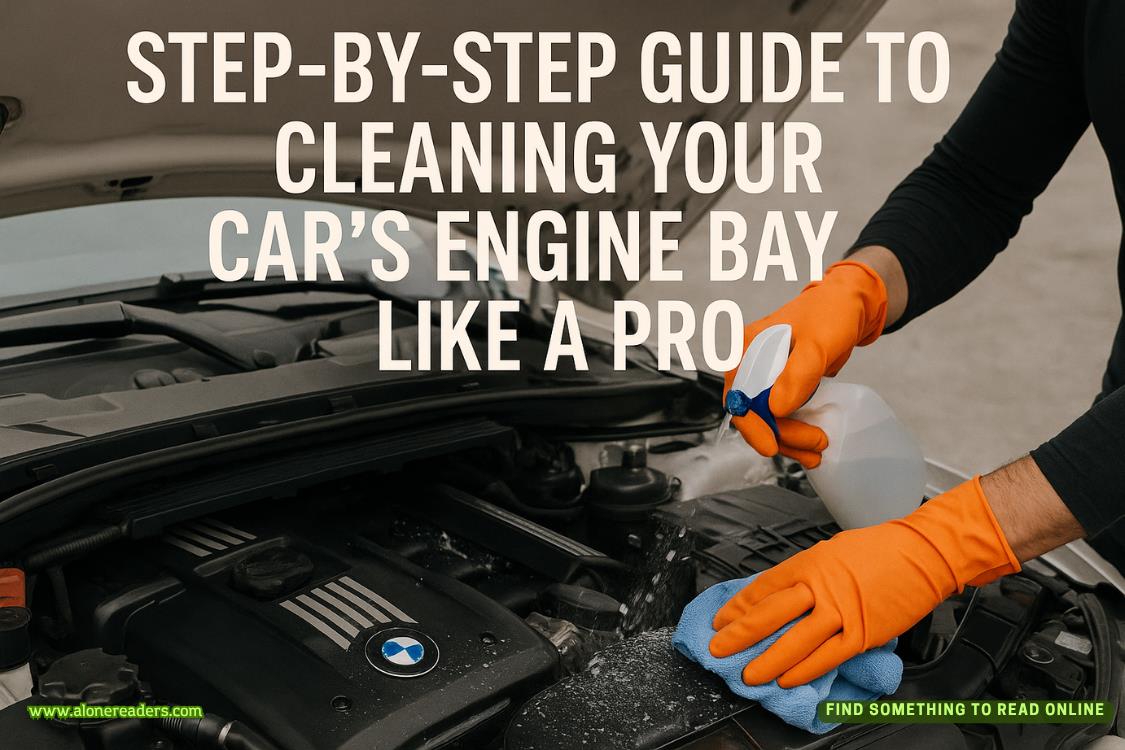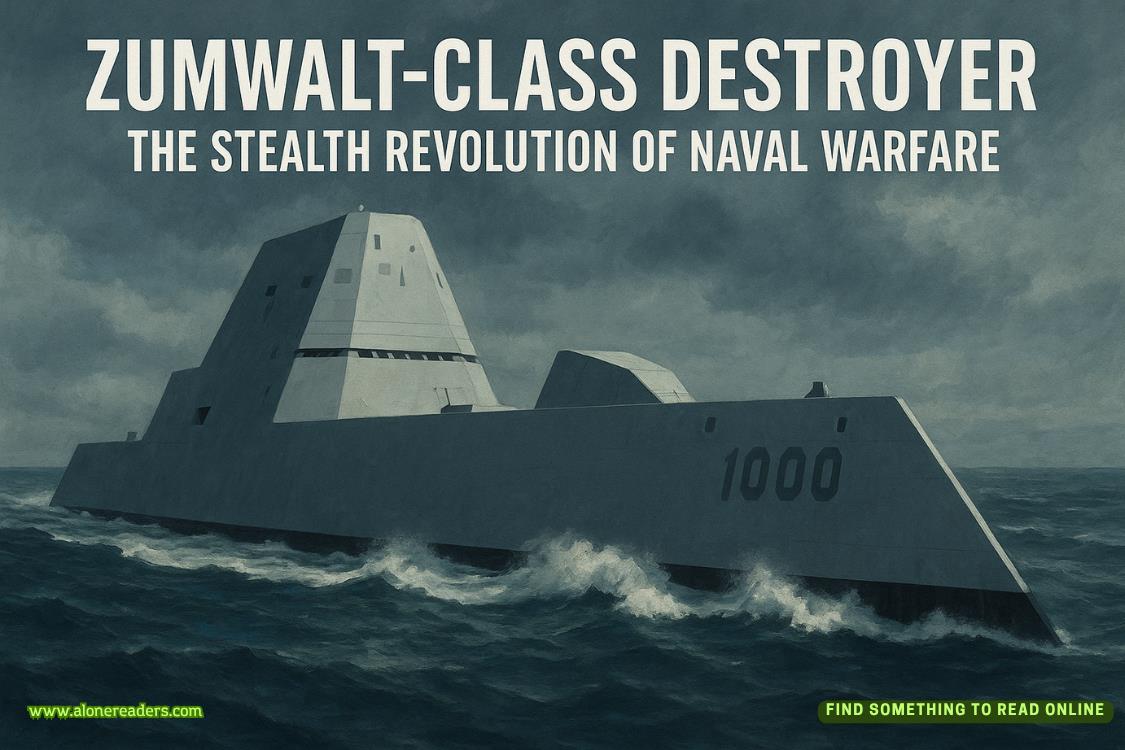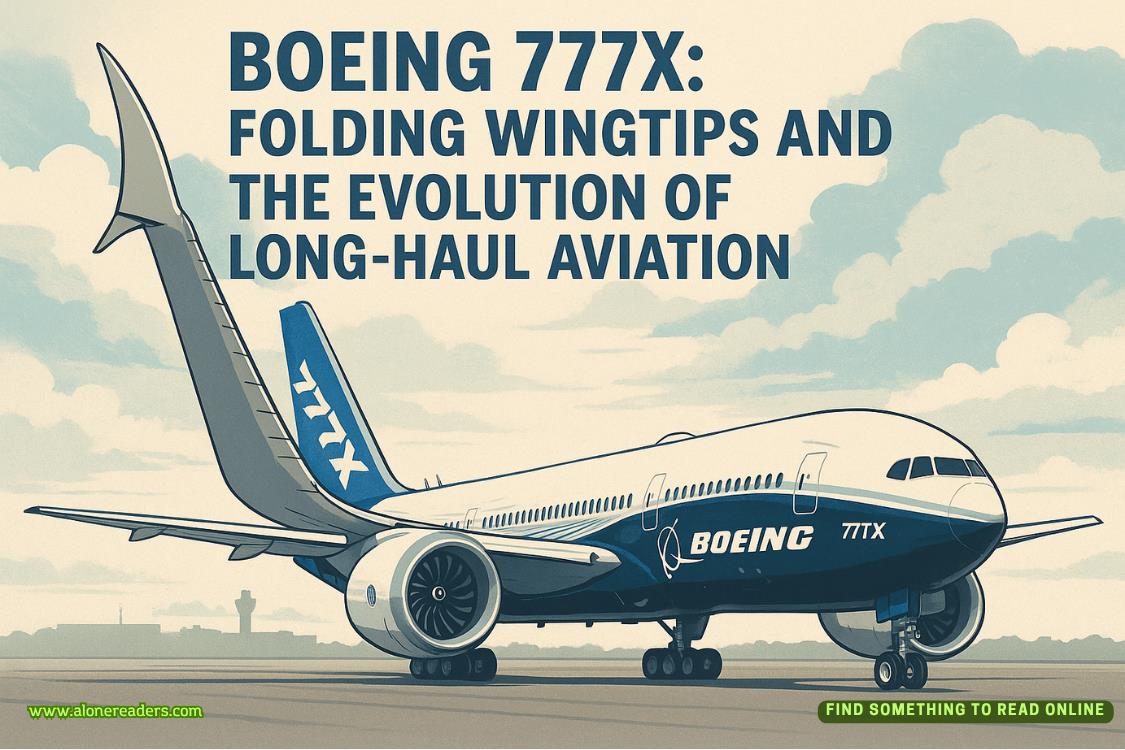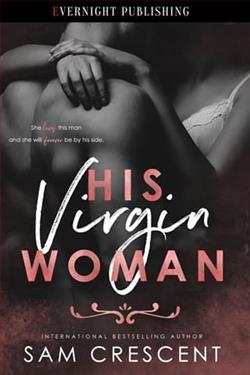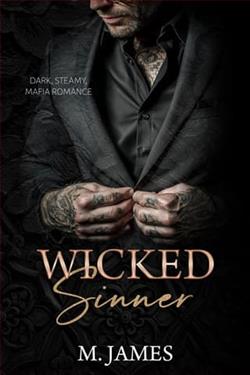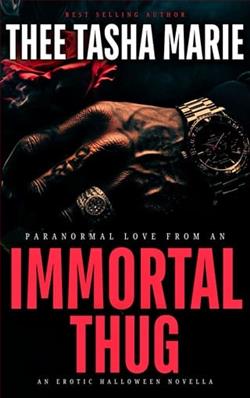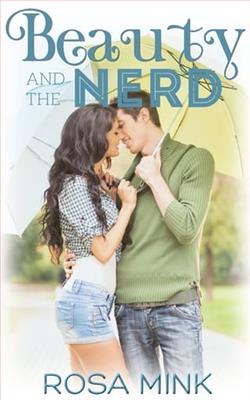Page 6 of Long Time Gone
“Don’t remind me. But you could’ve at least gone into oral surgery. We could use a good surgeon on staff. Do you have any idea how much business we refer out to the local oral surgeon?”
Dolly slapped Todd on the shoulder. “Leave my daughter alone. Can I get you a cup of coffee, sweetheart?”
“Doesn’t coffee stain your teeth?” Sloan asked.
“Soda is worse,” her father said. “You would have learned that in dental school, and probably wouldn’t have such an addiction to Dr. Pepper.”
“Diet,” Sloan said. “Diet Dr. Pepper.”
“The carbonation ruins your enamel.”
“Will you two please stop,” Dolly said.
The ribbing would go on for her whole life, Sloan was certain. Her mother had gotten over it, but she was sure her dad would never fully embrace the idea that his thriving dental practice would someday be sold to someone outside the family.
Sloan sat at the kitchen island and her mother delivered a steaming cup of coffee.
“Really, sweetie,” her mother said, checking her watch. “Is something the matter? I’ve got patients at nine.”
“Kind of,” Sloan said.
Her parents waited for her to continue.
“So here’s the thing. I received my research topic and . . .”
“And what?” her mother asked.
“It’s just . . . it has to do with forensic genealogy, and it’s going to require me to take a deep dive into those ancestry websites.”
“So what’s the problem?” her mother asked in a balanced voice.
“I just . . . the best way for me to start the research and see firsthand how the websites work is to submit my DNA. I submitted my DNA already, actually, and the genealogist I’m working with is going to create a DNA profile for me. I guess I didn’t want either of you to think I was doing it on my own or behind your backs.”
“Sweetie,” her father said. “You had me worried that there was something wrong.”
“So you’re okay with me looking into my family tree?”
“Of course. We know very little about your birth parents,” her dad said. “We met your birth mother on two occasions, but your birth father was not part of the process. So anything you learn would be just as foreign to us as it is to you. We don’t mind if you track down your biological parents. No matter what you find, you’re our daughter, plain and simple.”
Sloan’s childhood—the perfect, unblemished childhood experience—flashed through her mind in random highlights. Family vacations to Florida, neighborhood block parties that marked the rare time her dad had a drink, her years on the high school volleyball squad with her parents cheering from the bleachers. She remembered fishing with her dad, being too scared to touch the fish she caught, and smiling as her dad held the fish for the camera. Sloan had the unique experience of going through the awkward phase of high school braces with her father as her orthodontist. She remembered the summer of road trips she and her mom had taken as Sloan looked at colleges up and down the East Coast. It was as normal an upbringing as she could imagine. She’d known about her adoption from an early age but had never thought of Dolly and Todd Hastings as anything other than her mom and dad.
“I’m not planning to track my biological parents down. I just need to see how the whole thing works. How these vast DNA databases are being utilized by law enforcement to track down killers in cases that have gone cold.”
“We understand, Sloan,” her mother said. “Maybe, I don’t know, you’ll share what you find with us. If you do find them, we’d . . .” Dolly looked at Todd. “We’d like to know, too. We’ve wondered over the years.”
Sloan slowly nodded. “I guess it depends what I find. There’s no guarantee that submitting my DNA will lead to my birth parents. My profile might not match to anyone on the site. I just wanted to let you know that I’m starting the process.”
Her father nodded. “So you really don’t need money?”
“Dad, you’re such a . . .”
“He knows, sweetie. He knows.”
CHAPTER 6
Raleigh, North Carolina Wednesday, July 10, 2024
SLOAN STOOD NEXT TO DR. HAYDEN COX AND WATCHED AS HE closed the Y incision, which ran from each shoulder of the corpse before meeting at the breastbone and then descending past the navel. Dr. Cox was the second-year fellow she had been assigned to. He used thick, ugly staples to bring the incision together, a sight that would turn a plastic surgeon’s stomach. But since the next stop was a casket, where the body would be fully clothed and the ragged incision never seen again, aesthetics were not considered at this stage of the game.
